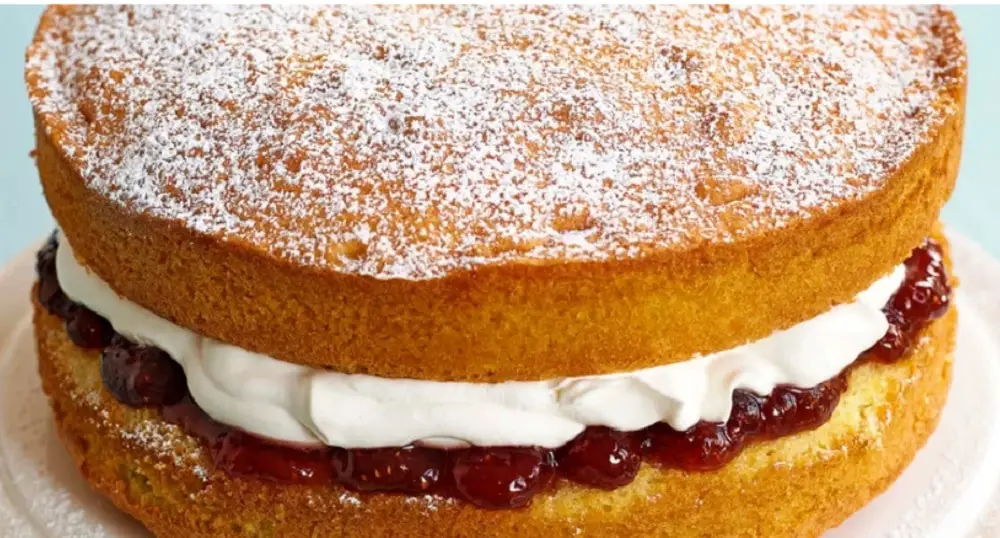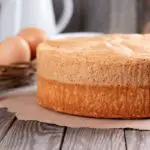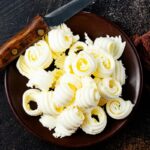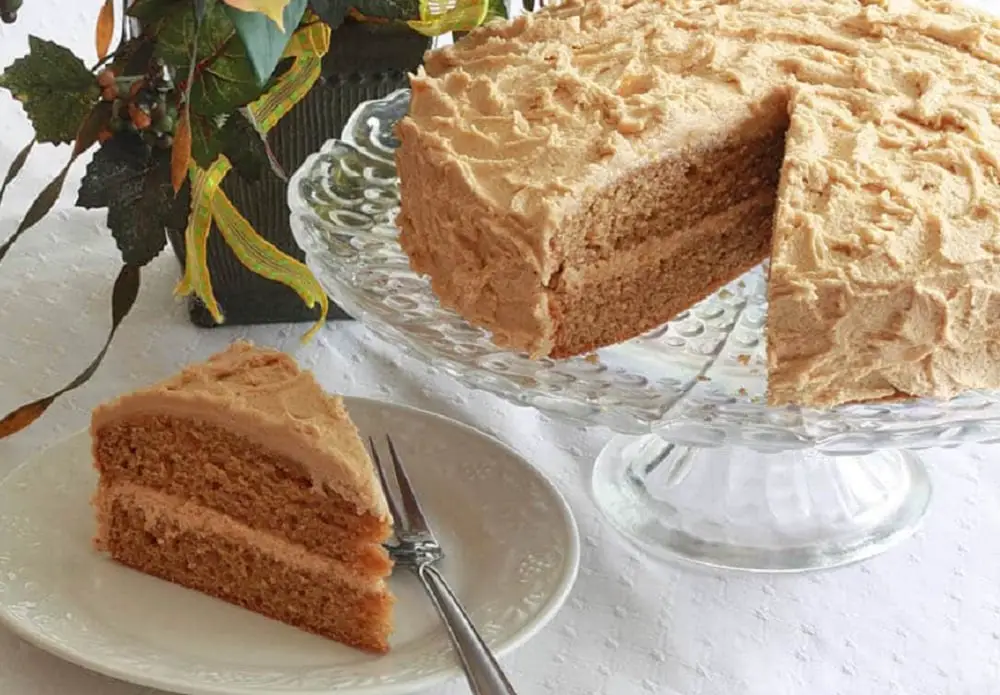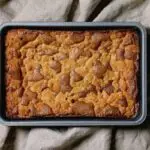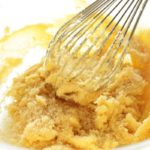Everyone loves cake, right? We’ve lost count of how many types of cake we’ve baked, and that’s not even counting the repeats!
But with so many cakes out there to test out, how will you know where to start?
Today we’re looking at the differences between two of the most beloved cake types – sponge cake and butter cake.
Cake Origins
Cakes have been around for centuries, and they originated in Europe – after all, Europeans are known for their love of dessert!
Europe pioneered many of the baking techniques we know and use constantly today.
Their pastry industry has been incredibly popular for decades.
The earliest reports of cake date back to the early 1800s.
The pound cake was originally created in Britain, but it wasn’t long until the cake recipes had been tailored to international tastes.
Pound cakes remained to be the most popular cake to make thanks to its easily remembered recipe.
It wasn’t until the 1900s that bakers began adding chemically leavening substances into their pound cake recipes, creating different variations.
The sponge cake and the butter cake would be invented shortly after the original pound cake recipe.
In modern-day baking, there are two main types of cakes to make – sponge cake and butter cake.
Different Kinds Of Cakes
To the untrained eye, a cake might seem like just a cake. But to any cake lover or baker, we know that there are distinct differences between cakes.
For example, a sponge cake is known for its muted and subtle taste that pairs well with warm drinks.
It is softer than other types of cake thanks to its airy texture.
On the other hand, pound cake has a much denser texture than sponge cake, although this doesn’t take away from its yummy flavor.
It is made from basic ingredients like lots of eggs and butter.
Pound cake gets its name from originally being made with one pound of each ingredient – eggs, flour, butter, and sugar.
Gâteau is another form of sponge cake, although the ingredients are blended into a dough that resembles more of a pastry than a cake dough.
And there are many more types of cake to explore – how exciting for any baker just starting out!
What Makes A Cake A Butter Cake?
Butter cake is a rich and dense type of cake that is popular for parties, gatherings, and celebrations.
It is often decorated with icing, buttercream, or ganache.
As the name might suggest, this cake does contain butter which keeps it nice and moist.
However, the butter does contribute to the denser texture.
Nevertheless, butter cake is still delicious and loved by many.
Butter cake will also use either baking powder or baking soda to rise.
Many believe that butter cakes are so delicious thanks to the creaming butter technique that is required in the baking process.
What Makes A Cake A Sponge Cake?
Many people liken eating sponge cake to sitting on a bed of clouds – that’s how light and airy it is!
What makes sponge cakes unique is that they don’t use any raising agents.
You might be wondering what makes them different from pound cakes, which also use no raising agents.
How can both of these cakes use no raising agents like baking powder or baking soda, yet one is so airy while the other is dense?
Simple – sponge cake recipes also call for no fats. No butter, no oils, etc.
The fat is what keeps the cake dense, so removing it from the recipe leaves the cake much lighter.
Still, sponge cakes do rise in the oven – otherwise, you’d be left with a very flat cake.
This comes from the egg whipping you need to carry out in the baking process.
Whipped egg whites create lots of air which creates a foamy texture and thickens it.
This soft meringue will keep the air within the cake during the baking process.
Which Cake To Bake?
Which cake you bake all depends on your tastes and occasion.
Sponge cake is crumbly and messy, so it might not be the best idea if you want perfect slices for your party.
However, it is known for perfect pairing with all kinds of drinks since its mellow flavor doesn’t outshine others.
On the other hand, butter cakes can be made with any flavoring you want – chocolate, rainbow sprinkle, red velvet – giving you many more choices when it comes to flavor and design.
Butter cakes are best used when you want the cake to be the star of the show rather than just something to pair with a drink.
Summary
We hope that you have found this article useful! Both sponge cakes and butter cakes are delicious and moist cake recipes. You can’t go wrong with either!
Sponge cake is light and airy while butter cakes are denser.
The former gets its spongy texture from whipped eggs or egg whites rather than any raising agents like baking powder.
Butter cakes are similar to pound cakes, although the raising agent helps them rise slightly.
Butter cakes tend to be flavored into chocolate cake, vanilla cake, or others for all sorts of occasions
Frequently Asked Questions
Is Sponge Cake Different From Regular Cake?
Yes, sponge cake differs from other types of cake since it doesn’t include two of the vital ingredients for other cakes – butter and raising agents. This leaves it lighter and airier.
Are Butter Cakes A Type Of Sponge?
Nope, butter cakes are completely different from a sponge cake.
Butter cakes contain butter and a raising agent (often baking powder or baking soda) to keep them dense yet risen.
For these reasons, butter cakes offer a much different flavor and texture from sponge cakes.
Which Is Better For Sponge Cake, Vegetable Oil Or Butter?
Neither oil nor butter is necessary when baking a sponge cake since the recipe won’t call for a type of fat.
Adding one of these ingredients to your sponge cakes will turn it into a butter cake, making it much denser.
If you want to make a butter cake instead, add butter and either baking powder or baking soda to make sure it rises.

